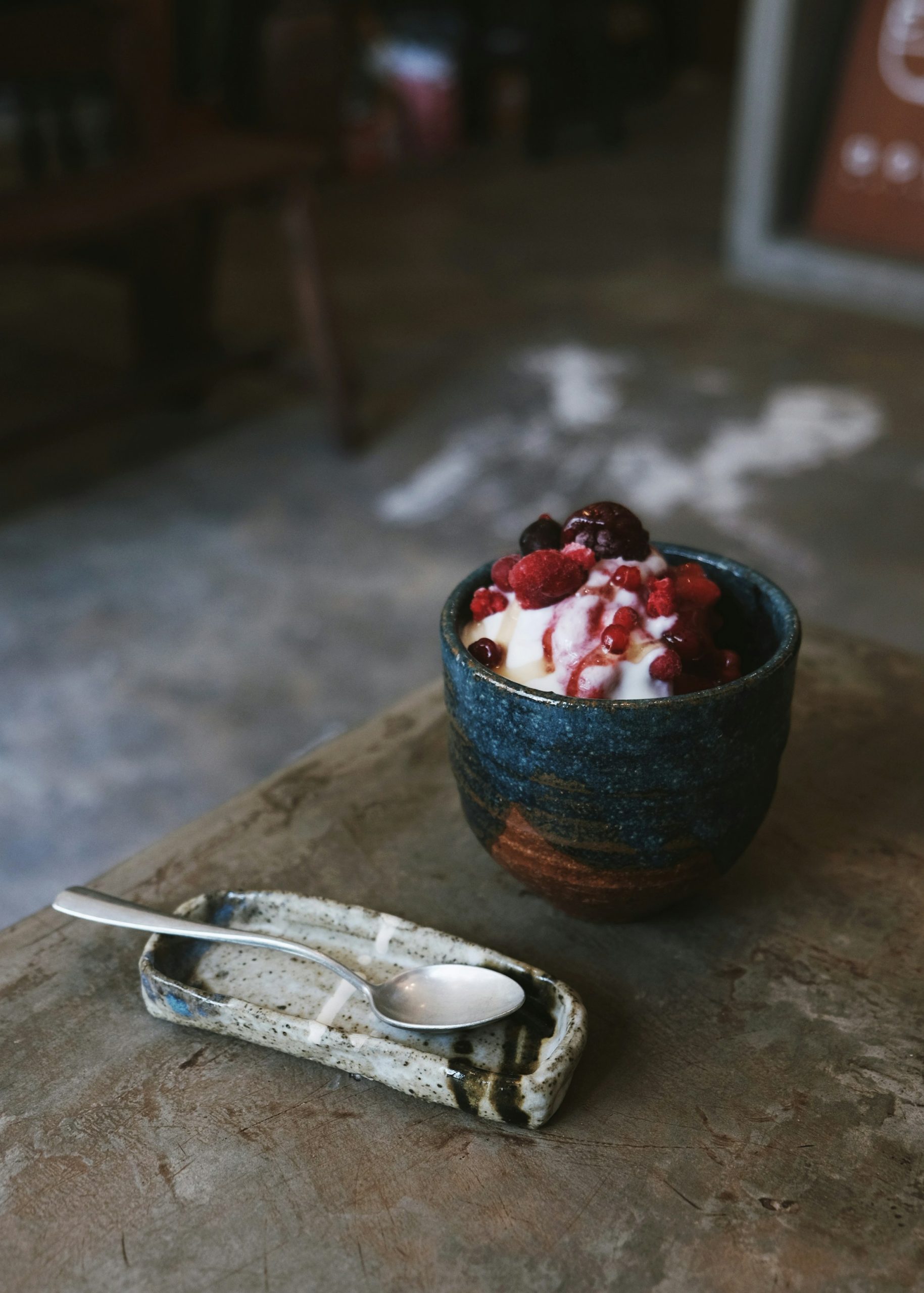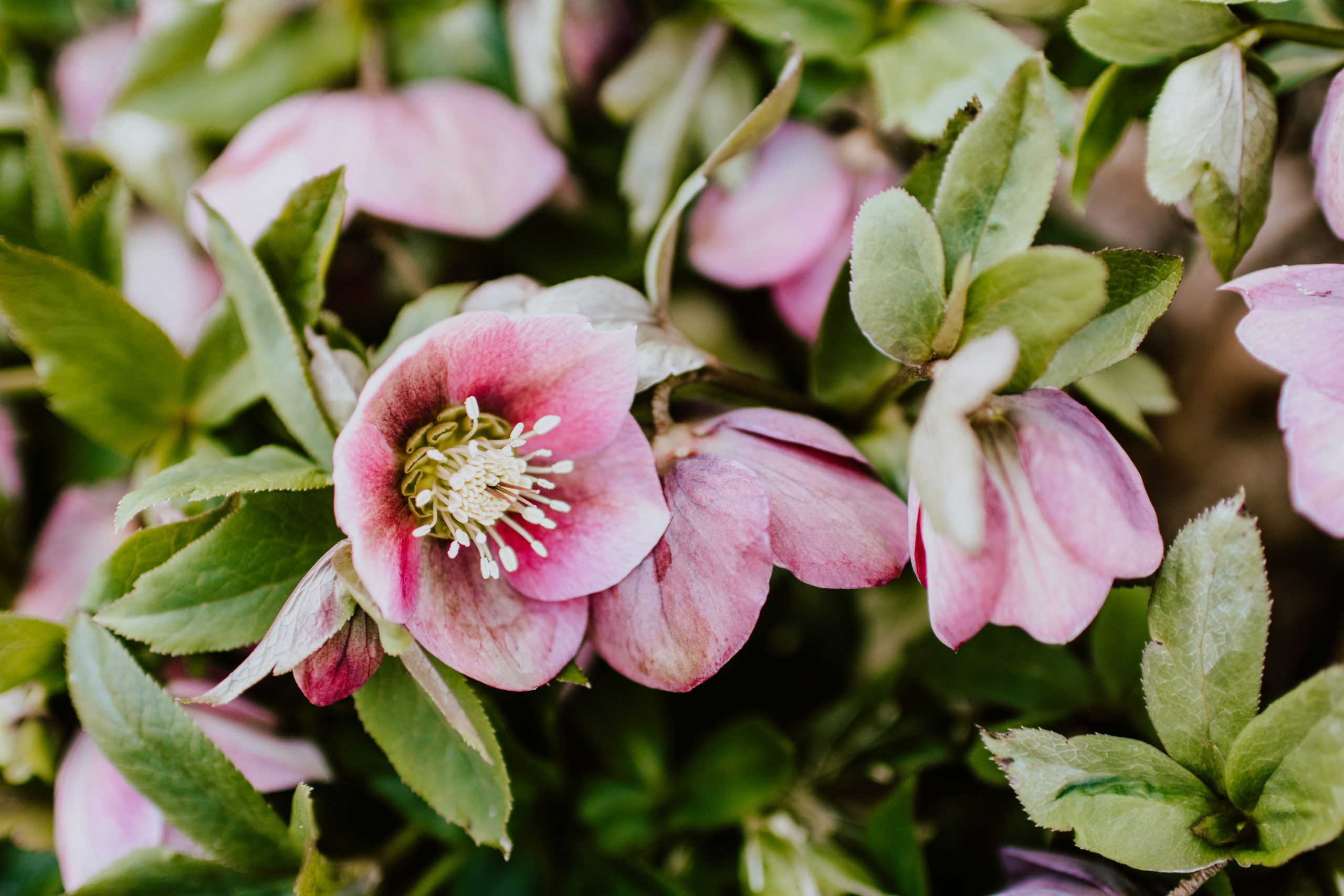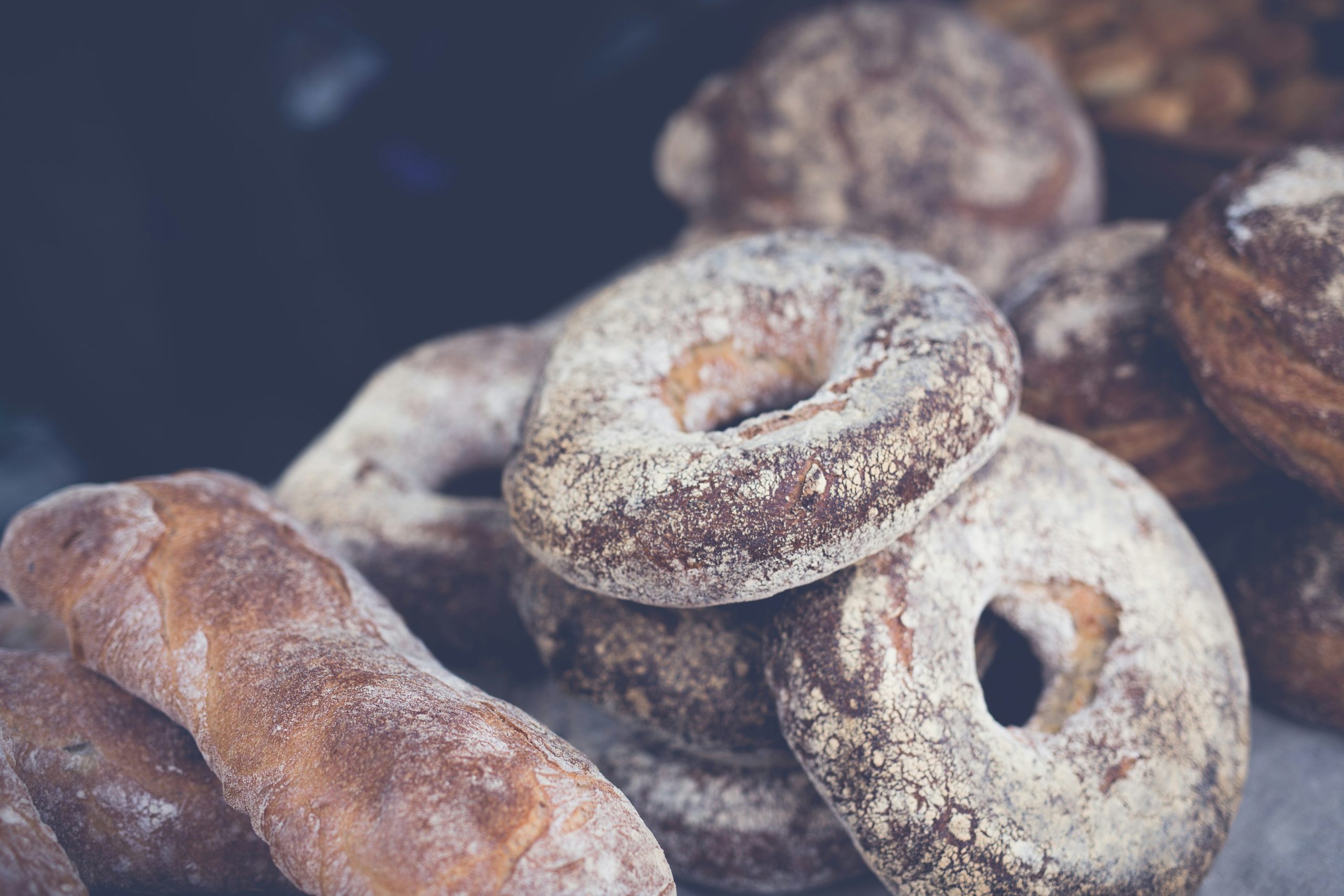Unlocking Flavor: Mastering the Science of Seasoning in Your Cooking
Ah, seasoning. That magic dust that can transform a bland, sad plate of food into something that sings. I remember the first time I realized the true power of seasoning. I was in college, trying to impress a date with my culinary skills (or lack thereof). I had thrown together some pasta, tossed in a jar of store-bought sauce, and thought I was a gourmet chef. But after a few bites, my date politely suggested we switch to takeout. Ouch! It turns out I had forgotten the most important ingredient: seasoning. It’s a lesson I’ve carried with me ever since, and today, I’m here to share how you can unlock flavor in your cooking by mastering the art and science of seasoning.
Understanding the Basics of Seasoning
Let’s start with the basics. What do we mean by seasoning? Well, it’s a fancy term for enhancing the natural flavors of food. This can be achieved through salt, spices, herbs, and acids. Yes, acids! (I know, it sounds like a chemistry class, but stick with me.) Each of these elements plays a unique role in how we experience food, and understanding them can make you a better cook.
First up, let’s talk about salt. If there’s one seasoning you should never skimp on, it’s this one. Salt enhances flavor—it’s like a spotlight on the stage of your dish. Without it, everything can taste flat. I often find myself reaching for kosher salt, but sea salt has its crowd of loyal fans too. Just remember, salt isn’t just for savory dishes. A sprinkle of flaky salt on a chocolate dessert? Trust me, it’s a game changer.
Spices: The Flavor Bombs
Now, onto spices! The world of spices is vast and, let’s be honest, a bit overwhelming. There are so many options, and each one brings its own character to the table. But how do you know which ones to use? I’ve learned that it’s all about balance. You want spices to complement your dish, not overpower it.
Take cumin, for instance. It’s earthy and warm, perfect for Middle Eastern or Mexican dishes. But too much, and you’ll find yourself in a flavor frenzy. A little goes a long way! I once made a chili that could have doubled as a science experiment because I got a little too enthusiastic with the cumin. Lesson learned—less is often more.
The Power of Herbs
Herbs, on the other hand, bring freshness and vibrancy. Fresh herbs like basil, cilantro, and parsley can completely lift a dish. And dried herbs? They have their place too, but they’re usually best used in the cooking process rather than as a final touch. I love adding fresh basil to a tomato sauce just before serving. It makes all the difference, like a little Italian grandma whispering secrets into your pot.
Don’t Forget the Acidity
Okay, now let’s talk about acids. You might be thinking, “Wait, acids? In my food?” Yes! Acids, like lemon juice or vinegar, can bring brightness and balance to a dish. They cut through richness and enhance the overall flavor. I remember making a rich, creamy risotto once and thinking it was perfection until I squeezed a bit of lemon over it. Suddenly, it was like the dish had woken up from a long nap. So, don’t underestimate the power of a little acidity!
The Art of Timing and Layering
Now that we’ve covered the essentials, let’s dive into the art of timing and layering your seasonings. This is where the magic truly happens. Think of seasoning like a symphony—certain notes need to come in at different times to create harmony. Salt, for example, is best added in stages. I usually start seasoning my proteins before cooking, then adjust as I go along. This way, you ensure that flavors are developing throughout the cooking process instead of just sitting on the surface.
And when it comes to spices, consider toasting them. I can still hear my mom saying, “Always toast your spices!” (She may have been a bit dramatic about it, but she wasn’t wrong.) Toasting spices in a dry pan before adding them to your dish can unlock incredible flavors. It’s like giving them a little pep talk before they join the party!
Experimenting with Flavor Profiles
One of the best parts about mastering seasoning is the opportunity to experiment with flavor profiles. You can take a basic recipe and give it a twist by changing the herbs, spices, or acids you use. Have you ever tried adding smoked paprika to a traditional potato salad? Or maybe a splash of balsamic vinegar in your strawberry shortcake? These simple changes can lead to surprisingly delightful results. And honestly, what’s cooking without a little adventure? (Just avoid the cumin overload…)
Balancing Flavors: Sweet, Salty, Sour, and Umami
When it comes to seasoning, there’s an underlying principle that can guide you: the balance of flavors. This includes sweet, salty, sour, and umami. Each of these elements can enhance your dish in different ways. A pinch of sugar can counteract acidity, while a dash of soy sauce can add depth. I remember once making a salad dressing that was way too tart. A teaspoon of honey saved the day and transformed it into something delicious.
Using Seasoning as a Storyteller
Let’s not forget that seasoning can tell a story. Think about the cuisines of the world: the spices of Indian curries, the herbs in Mediterranean dishes, or the heat of Thai food. Each region has its signature flavors, and by incorporating these into your cooking, you can travel the world without leaving your kitchen. It’s like a mini vacation every time you cook! (And no passport required!)
Common Mistakes to Avoid
Now, before we wrap up, let’s chat about some common seasoning mistakes. It’s all too easy to fall into certain traps. One biggie? Not tasting as you go. Seriously, I can’t stress this enough. Your taste buds are your best friends in the kitchen. Taste, adjust, and taste again. It’s a simple yet effective mantra.
Another mistake? Adding seasoning too late in the cooking process. I once made the mistake of waiting until my stew was done to add salt. Let’s just say, the flavors didn’t meld quite like I hoped. But hey, we live and learn, right?
The Joy of Sharing Your Seasoned Creations
At the end of the day, cooking is about more than just feeding ourselves. It’s about sharing experiences and bringing people together. When you master the art of seasoning, you’re not just making food; you’re creating memories. Whether it’s a cozy dinner with loved ones or a potluck with friends, your seasoned dishes can spark conversations, laughter, and maybe even a food fight or two (just kidding…mostly).
Conclusion: Embrace the Flavor Adventure
So, there you have it—your ticket to unlocking the world of flavor through the science of seasoning. I hope this inspires you to grab your spices, herbs, and acids and start experimenting in the kitchen. Remember, there’s no right or wrong way to season; it’s about what tastes good to you. So, go ahead, make a mess, and most importantly, have fun! Cooking is a journey, and every dish is a new adventure waiting to be discovered. Who knows? You might just surprise yourself (and your next dinner guest) with your newfound seasoning skills.
Happy cooking!




